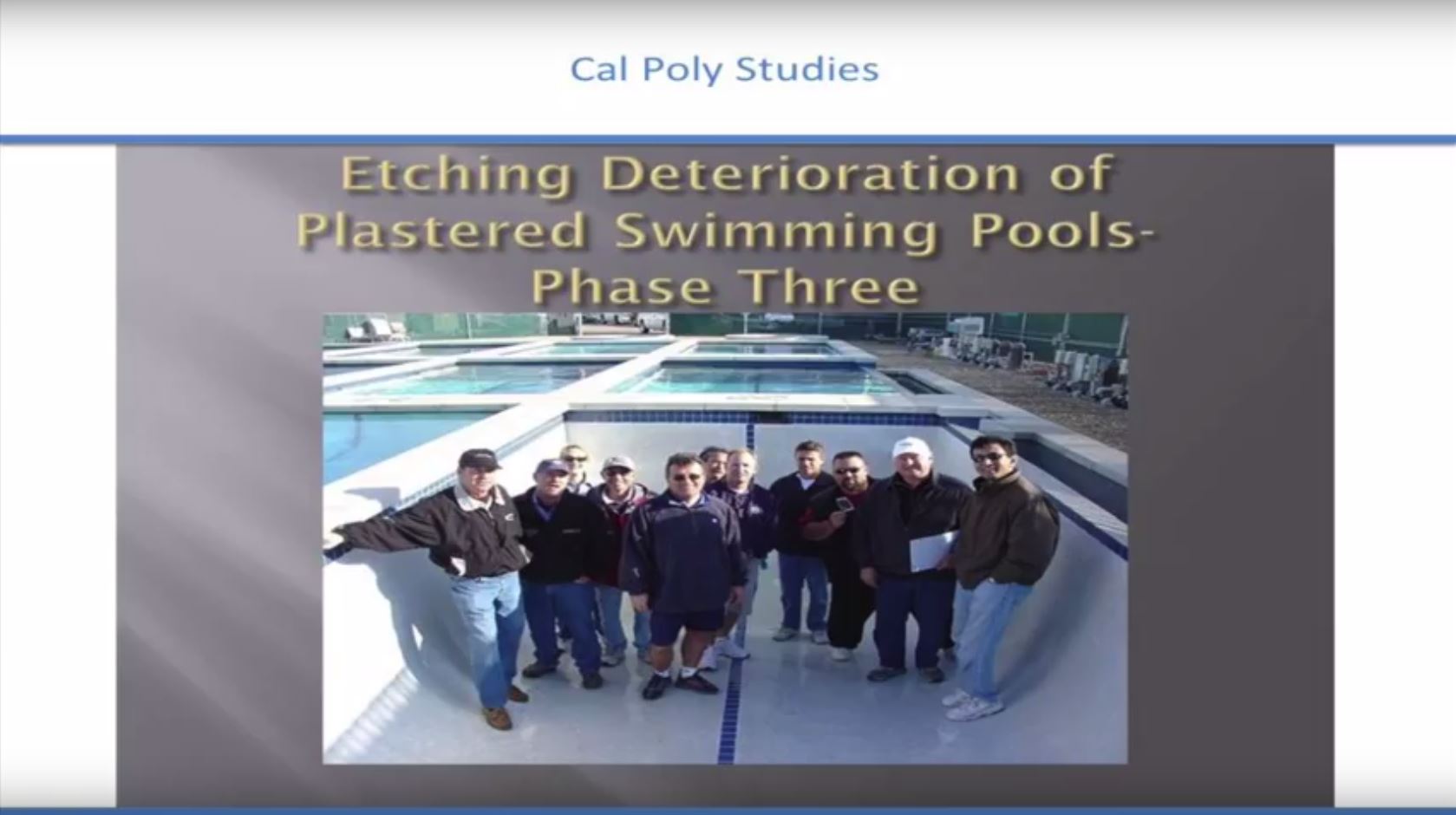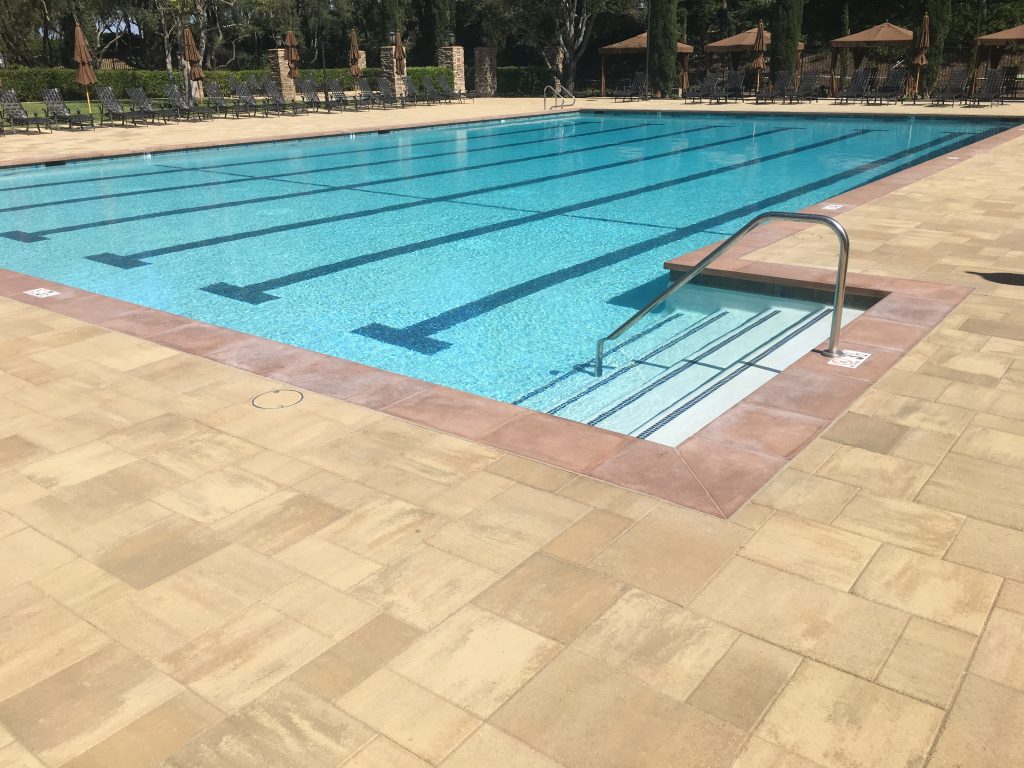How Does Spot Etching Develop in Pool Plastering?
If you’ve followed this pool plastering series from the beginning, we hope you have a pretty clear picture of what spot etching is and how it happens in pool plastering.
In this segment we are going to take a closer look at the underlying problems that lead to this ‘spot etching’ in most cases. When we first started noticing this recurring pool plastering problem several decades ago, we partnered with other industry experts and academia to research the issue thoroughly. The collaborative effort built multiple pools specifically for testing, so we could identify an exact cause. Going into the research, we had a number of theories as to why. These are among the more prominent ideas we tested.
The Theories:
-
Theory #1: Supplemental Lubricating Water
In order for pool plastering to be effective the first place, pool plasterers add a little extra water for lubrication. This makes it easier to trowel the plaster to get the nice, smooth, professional finish that everyone wants. The principle behind this theory is pretty simple. If water causes etching, then increasing exposure to water before the plaster sets is particularly risky, as the finish is not hard enough to protect the pool. This theory suggests that spot etching is set in motion from application, and external environments after the plaster sets are less important.
-
Theory #2: Calcium Chloride
Calcium chloride is an agent that is added to help the plaster set. In concrete, it can react with other agents in the mixture to create additional precipitates and potentially threaten the integrity of the final product. This is usually less of a concern in pool plastering, mostly because plaster compounds lack most of the agents that would react poorly with calcium chloride. Still, its presence can cause the plaster to set too quickly, and if this hurts the hardness or creates gaps, it could contribute to etching. Additional concerns made us wonder if calcium chloride could react badly with common pigments.
-
Theory #3: Filling the Pool Too Soon
Filling the pool too soon is an unlikely contributor, but we investigated it anyways. The thought process behind the theory suggests that filling a pool before it sets could lead to etching. Filling a pool before it sets can definitely cause a lot of problems, but most of them are very obvious long before spot etching has a chance to form.
-
Theory #4: Excessive Troweling
This theory suggests that workmanship is the primary cause of etching. It definitely merited our concern, so we made sure it was investigated at length. If there are techniques that can prevent etching, we wanted to know about it. In the case of troweling, the belief was that excessive repetition could thin the plaster and make it more vulnerable.
-
Theory #5: Water to Cement Ratio
This was another pretty obvious line of thought. If water is causing the spot etching problem, then having too much of it in the original mixture would be a problem. In such a case, optimizing the water to plaster ratio could be the key to protecting pools from etching.
-
Theory #6: Aggressive Pool Water
Explaining this theory requires a quick definition. Aggressive pool water refers to water that is too acidic, basic or corrosive for other reasons. This was one of our leading theories, as corrosive water could very likely compromise a finish and enable the spot etching process to begin.
Analyzing the Results
With so many theories, preventing spot etching felt like an enormous task. Thankfully, we had very clear results. Check out the next segment to see the full spectrum of spot etching prevention.
Pool Plastering with the Pros: Spot Etching #3 – The Theories | Alan Smith Pools, Orange County, CA







